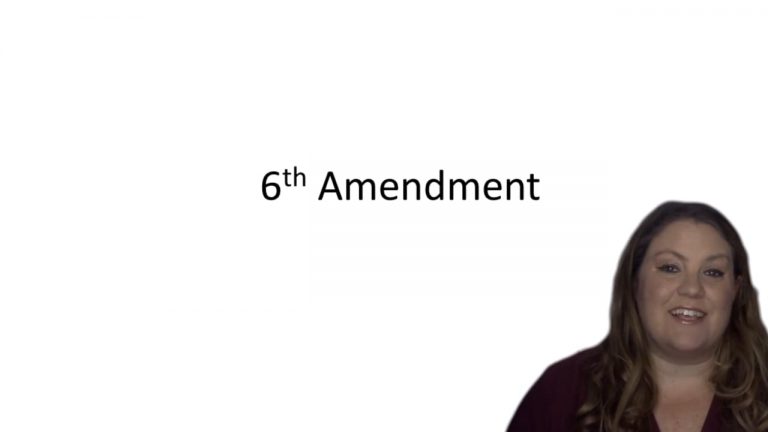SmartBrief
Confirm favorite deletion?
Criminal Procedure Keyed to Dressler
Brewer v. Williams
Citation:
430 U.S. 387, 97 S.Ct. 1232, 51 L.Ed.2d 424.Facts
A 10-year-old girl, Pamela Powers, went missing on Christmas Eve while with her family at the local YMCA. The defendant, who had recently escaped from a mental hospital, was a resident of the YMCA. A warrant was issued for the defendant’s arrest. At the suggestion of his lawyer, the defendant turned himself in and he was arraigned on the outstanding arrest warrant. He was read his Miranda rights. The defendant’s lawyers advised the defendant several times not to speak to the officers without their presence, and his lawyer reminded the officers not to question the defendant while they transported him to another police station. The officers agreed. The lawyer was denied permission to ride in the police car with the defendant.
Two detectives, with the defendant, then set out on the 160-mile drive. At no time during the trip did the defendant express a willingness to be interrogated in the absence of an attorney. Instead, he stated several times that he will tell them the whole story after speaking with his lawyer. The detective knew that the defendant was a former mental patient, and knew also that he was deeply religious. The detective delivered a “Christian burial speech,” in which he addressed the defendant as “Reverend” and told the defendant that the little girl should be entitled to a Christian burial but that officers would not be able to find her body after it snows. The detective told the defendant the he knew the girl’s body was in a town they would be passing soon. At trial, the detective testified that this speech was intended to get all of the information he could from the defendant before arriving at the police station. Eventually, when passing through the town, the defendant said that he would show the officers where the body was. He then directed the police to the body of Pamela Powers.
Before trial, the defendant moved to suppress all evidence relating to or resulting from any statements he made during car ride. The trial court denied the motion, finding that the defendant waived his Sixth Amendment right to the assistance of counsel. The jury found the defendant guilty of murder. The District Court held that the evidence was wrongly admitted and determined that the defendant was entitled to a new trial. The Court of Appeals affirmed.
Only StudyBuddy Pro offers the complete Case Brief Anatomy*
Access the most important case brief elements for optimal case understanding.
*Case Brief Anatomy includes: Brief Prologue, Complete Case Brief, Brief Epilogue
- The Brief Prologue provides necessary case brief introductory information and includes:
Topic:
Identifies the topic of law and where this case fits within your course outline.Parties:
Identifies the cast of characters involved in the case.Procedural Posture & History:
Shares the case history with how lower courts have ruled on the matter.Case Key Terms, Acts, Doctrines, etc.:
A case specific Legal Term Dictionary.Case Doctrines, Acts, Statutes, Amendments and Treatises:
Identifies and Defines Legal Authority used in this case.
- The Case Brief is the complete case summarized and authored in the traditional Law School I.R.A.C. format. The Pro case brief includes:
Brief Facts:
A Synopsis of the Facts of the case.Rule of Law:
Identifies the Legal Principle the Court used in deciding the case.Facts:
What are the factual circumstances that gave rise to the civil or criminal case? What is the relationship of the Parties that are involved in the case.Issue(s):
Lists the Questions of Law that are raised by the Facts of the case.Holding:
Shares the Court's answer to the legal questions raised in the issue.Concurring / Dissenting Opinions:
Includes valuable concurring or dissenting opinions and their key points.Reasoning and Analysis:
Identifies the chain of argument(s) which led the judges to rule as they did.
- The Brief Prologue closes the case brief with important forward-looking discussion and includes:
Policy:
Identifies the Policy if any that has been established by the case.Court Direction:
Shares where the Court went from here for this case.
Topic Resources
Topic Outline
Topic Refresher Course
Topic Charts & Notes

 4m 2s
4m 2s